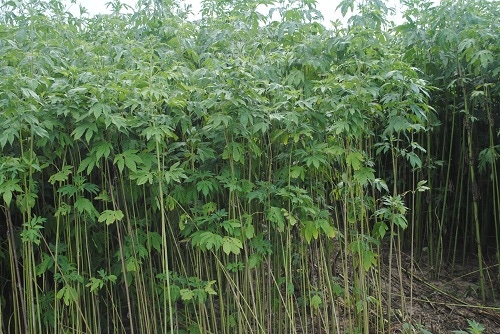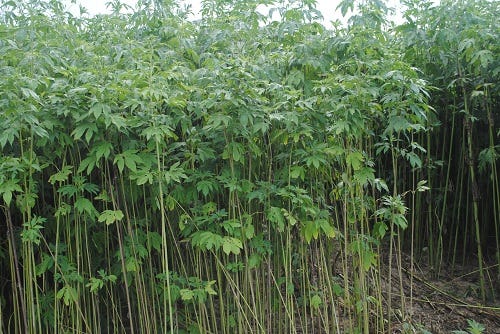
Weeds serve a purpose. I know, there isn’t a farmer out there who really believes that, but they do. They are nature’s way of holding nutrients and soil in place in the absence of other plants that are perhaps more desirable. In conducting research on the history of several modern crops for an article that ran in the Husker Harvest Days program this fall, I learned that many of our current commodity crops started out being considered weeds.
That includes oats, which was considered for a long time by farmers as a weed-like plant growing among their wheat crop. Soybeans started out as “Chinese vetches,” used primarily in the early days of the American colonies as a forage crop.

CROP OF THE FUTURE?
So, it seems that plants are considered a weed when they are not the cultivated preferable crop in a field and compete with the cash crop, like volunteer corn in a soybean field, or if they have no known marketable use, like waterhemp. When I was a kid, my Dad wished he could have invented a marketable use for cockleburs, or porcupine eggs as he liked to call them. They were abundant in our creek bottom ground, and they were a pain to chop when we hand weeded soybean fields armed with corn knives.
Today, our problem weeds are many. We look at giant ragweed and waterhemp as the toughest ones, because they have developed resistance to so many herbicide programs. Maybe we should be looking at these plants for biomass or some other industrial use, taking advantage of their natural resilience and productivity. All we need is a marketable use to be developed, and someday, perhaps decades from now, these might be our cash crops. Personally, I cringe just thinking about it, but historically speaking, you just never know.
Here is this week’s discussion question. What modern weed do you think is most likely to be developed as a crop of the future? You can share your experiences and thoughts right here.
Be sure to check out Nebraska Farmer online for the latest news on the growing and grazing season. You can read my new print column – Bow Creek Chronicles – in Nebraska Farmer magazine, or follow Husker Home Place on Twitter. And watch this blog the last Friday of every month for my “Field Editor’s Report” featuring the positive stories about the families who raise our food. Pass it on!
About the Author(s)
You May Also Like






